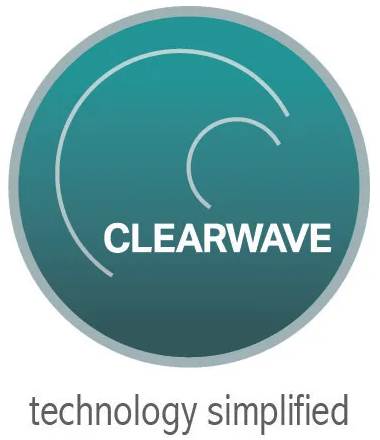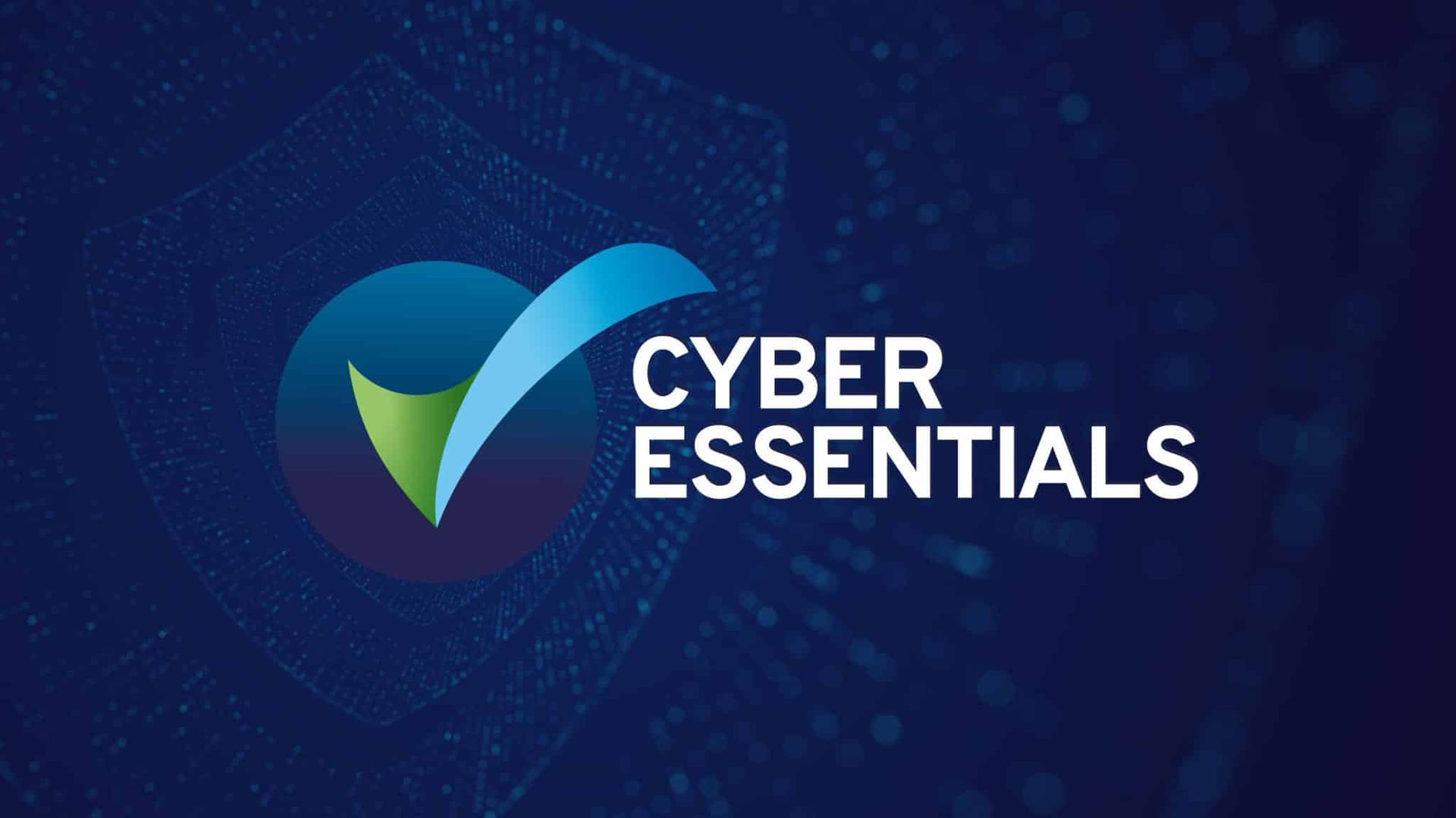Achieving Alignment Between Your Business & Technology
In our digital world, IT plays a critical role in the vast majority of businesses. From HR and finance to marketing and customer service, there isn’t a single business domain untouched by the proliferation of business technology in the 21st century. While in the not-so-distant past, simply using digital technologies granted businesses a competitive advantage, today organisations of all sizes must optimise their use of such technology for maximum value and commercial reward.
The process is referred to by some as ‘business-IT alignment,’ and involves harmonising technology with business objectives in order to achieve commercial and operational goals and the best possible service outcome/end product for customers.
Establish your main business objectives
To consider how well your IT system serves your business’s goals, it can be helpful to set out your business’s main objectives and the strategies you have in mind for achieving them. These objectives should be defined within a set timeframe, and it can also be beneficial to consider the initiatives and resources you will deploy in relation to each of them. Consider establishing your objectives in relation to:
Customer Service
Customer retention is vital to the success of most businesses, and it relies on the consistent delivery of good customer service. Consider how you deliver upon and quantify your customer service objectives.
Profitability
Profitable businesses are dynamic and resilient. Consider how you’ll keep costs under control and maximise revenue going forward, and set achievable, near-future profitability targets.
Productivity
Workplace productivity supports many other primary objectives – such as profitability – and is vital to maintaining a competitive advantage. Consider how you gauge productivity in your business and the resources you’ll need to deploy to maintain or enhance your team’s productivity.
Reliability/consistency
This objective relates to the ways you guarantee the reliable delivery of your business’s product or service. Think about how you might measure reliability in your business, and consider the contingencies that could be instated to improve the robustness of your service delivery.
Quality
A high-quality end product is crucial to the reputation of any business and will help you generate a loyal customer base. Think about how you quantify the quality of your end product and the steps you can take to ensure its quality at each stage of fulfilment. Pay attention to the systems and resources that are fundamental to quality maintenance.
Integrating IT with your business objectives
Once you have your business objectives established it’s time to examine how well they’re supported by your current IT infrastructure. Carry out the following to help you do this…
Perform a technology needs assessment
A technology needs assessment is a process designed to evaluate your IT infrastructure in its current state and determine how it may need to be adapted in order to achieve future aims. In addition to helping you steer your business-IT alignment, a technology needs assessment can also shine a light of IT components that are a serious productivity drain as well as security vulnerabilities that have gone undetected by your tech team. Having a third-party provider perform the assessment can be beneficial, as they’ll be able to review your technology with a fresh set of eyes, free from the bias that may colour an internally-performed assessment.
Identify critical business processes and the tech that underpins them
No organisation has a limitless IT budget, so it’s important to prioritise the processes that are most critical to achieving your business objectives and the technology that supports them. If for example, your primary objective is improving efficiency, think about the technology you’re using to minimise waste and streamline your processes. Is there scope for introducing ERP (Enterprise resource planning) software, and how would this integrate into your current tech stack?
Liaise with partners, clients and suppliers
Seeking the perspective of an external party can be helpful in understanding ‘pain points’ that may not be apparent from within your company.
Using the insights gained from customer/partner feedback and the technology needs assessment you can adapt your future technology strategy to properly support your top-priority business objectives.
Why businesses fail to align their IT with their objectives
We know from experience however that business-IT misalignment often occurs over time, and for various reasons. Common causes include:
Cost
Organisations often remain saddled with sub-optimal legacy technology due to the costs associated with migrating to more modern alternatives.
The ‘money’s worth’ paradox
Some businesses stay loyal to legacy technology, believing that getting maximum value from it means using it for as long as possible. The flaw in this argument is that outdated technology can often be a financial liability rather than an asset.
Stop-gap solutions
As minor operational changes occur, organisations often deploy quick workarounds that aren’t aligned with any greater IT strategy. Examples can include laptops used for remote working that aren’t incorporated into IT management structures and software programmes downloaded for specific, short-term purposes that go on to be abandoned and unused.
Fear of upheaval
Businesses often express fears that making changes to their technology will upset the apple cart and cause disruption to processes and service delivery. Using outdated technology - especially that which isn’t supported - can also be a risky business however, with security vulnerabilities and hardware degradation likely to lead to a devastating data breach or outage at some stage.
In our next article we’ll explore some of business advantages that can be gained from bringing technology in line with your business’s goals and aspirations. We’ll also examine some ways ‘business-IT misalignment’ can manifest over time, and the problems such misalignment can trigger.
Clearwave – Technology Simplified
As organisations grow and evolve, it’s not uncommon for business objectives and IT to drift apart. When this is allowed to continue it can result in poor-performing, insecure and awkward business technology that inhibits your growth and frustrates employees and customers alike. Reconfiguring your IT to better support your aims and aspirations and work in harmony with your business processes is what’s required, but we know that doing so can seem an insurmountable challenge without the proper support.
Clearwave’s time-tested technology assessment process will help you identify where your IT is at odds with your business’s goals. We’ll survey your network to determine what works and where there’s room for improvement, and provide recommended actions to help bring your network up to the required standard. We offer a full-suite of managed IT services centred around our Total Affinity product line: a unique set of IT tools covering all bases, from highspeed business internet and cost-effective VoIP telephony to versatile cloud-based desktops and our all-in-one business management platform ‘Integra.’
Get in touch today, to find out how Clearwave could help simplify your business technology.












